
Research suggests that CSF ATI ratios could serve as a biomarker for identifying patients with Alzheimer disease at higher risk of ARIA during lecanemab treatment, aiding in safer patient management.

Marco Meglio, Assistant Managing Editor for NeurologyLive, has been with the team since October 2019. Follow him on Twitter @marcomeglio1 or email him at [email protected]

Research suggests that CSF ATI ratios could serve as a biomarker for identifying patients with Alzheimer disease at higher risk of ARIA during lecanemab treatment, aiding in safer patient management.

Eli Lilly’s expanded LillyDirect platform tackles barriers in Alzheimer disease diagnosis and care, offering telehealth and in-person options through Healthgrades and Synapticure, with a focus on timely access and patient support.
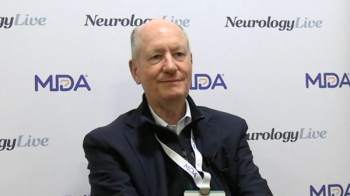
The professor of neurology at the University of Texas Health Science Center San Antonio provided clinical insights on the genetic basis of oculopharyngeal muscular dystrophy, as well as the primary challenges in diagnosing and treating the condition. [WATCH TIME: 5 minutes]
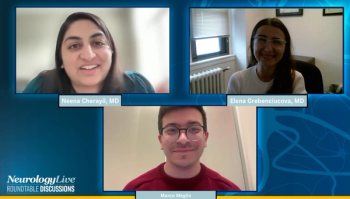
In this final episode, neurologists discuss the role of advanced imaging, like OCT, in diagnosing and managing MS, emphasizing the need for further research to optimize its clinical application. [WATCH TIME: 2 minutes]

A pair of neurologists provide clinical insight on the difficulties with identifying and differentiating optic neuritis in various autoimmune conditions like multiple sclerosis and neuromyelitis optica spectrum disorder. [WATCH TIME: 4 minutes]

Test your neurology knowledge with NeurologyLive®'s weekly quiz series, featuring questions on a variety of clinical and historical neurology topics. This week's topic is on CGRP medications to treat migraine.

In this third episode, experts delve into the evolving role of optic neuritis and the central vein sign in refining multiple sclerosis diagnosis, highlighting their significance in distinguishing MS from other conditions and ensuring accurate patient care. [WATCH TIME: 3 minutes]

Panelists explore the impact of including optic nerve involvement in the diagnostic criteria for multiple sclerosis, highlighting how this revision leads to more definitive diagnoses and earlier initiation of treatment for patients at high risk. [WATCH TIME: 2 minutes]

In this panel discussion, clinicians dive into the crucial role of neuro-ophthalmologists in diagnosing and managing visual symptoms in patients with multiple sclerosis. [WATCH TIME: 3 minutes]
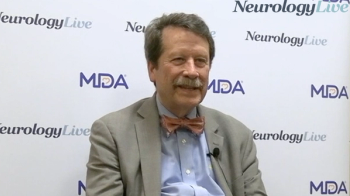
The former FDA commissioner spoke on the need for policy and funding efforts for neuromuscular disorders, the stress on the clinical care system, and the need to acknowledge healthcare inequities. [WATCH TIME: 4 minutes]

WVE-N531, an investigational exon-skipping therapy, showed promising 48-week results in the FORWARD-53 study, marking the first-ever improvement in muscle health for patients with Duchenne muscular dystrophy, with plans for an NDA filing in 2026.

Mind Moments®, a podcast from NeurologyLive®, brings you an exclusive interview with Stuart Isaacson, MD; and Rajesh Pahwa, MD. [LISTEN TIME: 17 minutes]

Emma Macdonald-Laurs, PhD, FRACP, MBChB, a neurologist at the Royal Children’s Hospital in Melbourne, Australia, provided commentary on the progress and challenges the epilepsy community faces amid Purple Day.

Luis Tornes, MD, a neurologist and director of Baptist Health’s Epilepsy Program, provided clinical insights on raising awareness for Purple Day, a global initiative dedicated for patients and families with epilepsy.
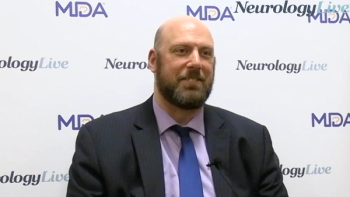
The associate professor of pediatric neurology and genetics at the University of Alabama Birmingham provided clinical insights on the key signaling pathways currently being targeted in the treatment of muscular dystrophies. [WATCH TIME: 4 minutes]

Neurizon Therapeutics announced updates to the HEALEY-ALS trial and promising NUZ-001 results, signaling a major step forward in ALS treatment research.

Tolebrutinib's potential approval as the first brain-penetrant BTK inhibitor for non-relapsing secondary progressive MS and to slow disability accumulation independent of relapse activity could represent a paradigm shift in treating disability driven by smoldering neuroinflammation.

Despite facing mental health concerns with anger, aggression, or irritability, among others, slightly less than one-fourth of patients with DMD utilized psychosocial services such as counseling or therapy.

Test your neurology knowledge with NeurologyLive®'s weekly quiz series, featuring questions on a variety of clinical and historical neurology topics. This week's topic is on the MDA Clinical & Scientific conference.

The phase 2 CANYON trial findings presented at the 2025 MDA conference highlight sevasemten’s potential in reducing muscle injury biomarkers in Becker muscular dystrophy.
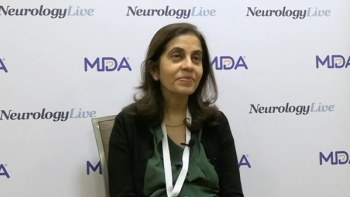
The professor of pediatrics and division chief of Medical Genetics at Duke University gave clinical insight on a presentation on the advancements and limitations of enzyme replacement therapy for Pompe Disease. [WATCH TIME: 3 minutes]

Mind Moments®, a podcast from NeurologyLive®, brings you an exclusive interview with Robert Califf, MD. [LISTEN TIME: 9 minutes]

The professor of pediatrics and division chief of Medical Genetics at Duke University delved into the transformative impact of enzyme replacement therapy on Pompe disease, addressing its advancements, limitations, and promising innovations shaping its future. [WATCH TIME: 2 minutes]
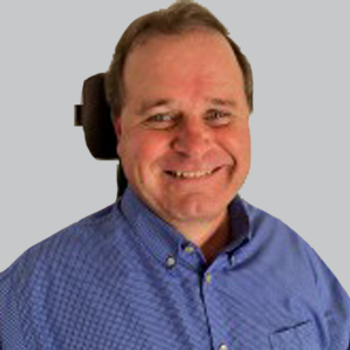
Donovan Decker, recipient of the 2025 MDA Legacy Award for Community Impact and Research, shared his powerful journey as a patient advocate and gene therapy pioneer, shedding light on the challenges and progress in LGMD.

Two separate long-term extension studies met their pre-specified endpoints, showing highly significant evidence of sustained treatment benefits in slowing disease progression in pediatric and adult patients.
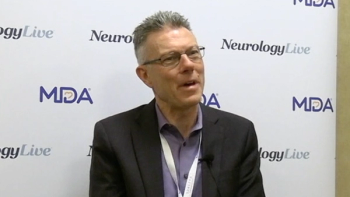
The chief scientific officer at Satellos Bioscience gave clinical insight on a new novel treatment and its mechanism of action in treating Duchenne muscular dystrophy. [WATCH TIME: 5 minutes]

Patient advocate and MDA Ambassador Lily Sander shared inspiring perspective on Charcot-Marie-Tooth disease, advocacy efforts, and the importance of connection
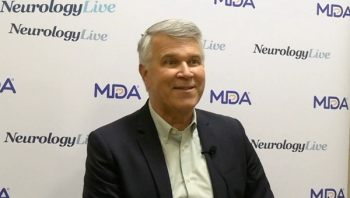
The chief scientific officer at Avidity Biosciences provided clinical perspective on the function and mechanism of del-zota, an investigational antisense treatment in development for DMD amenable to exon 44 skipping. [WATCH TIME: 3 minutes]

This phase 4 study on omaveloxolone will assess long-term maternal and infant health, potentially informing future safety guidelines for patients with Friedreich ataxia.

The MyacarinG study post-hoc analysis demonstrated rozanolixizumab's potential to significantly reduce ocular symptoms in gMG, with consistent improvements across multiple scoring systems.